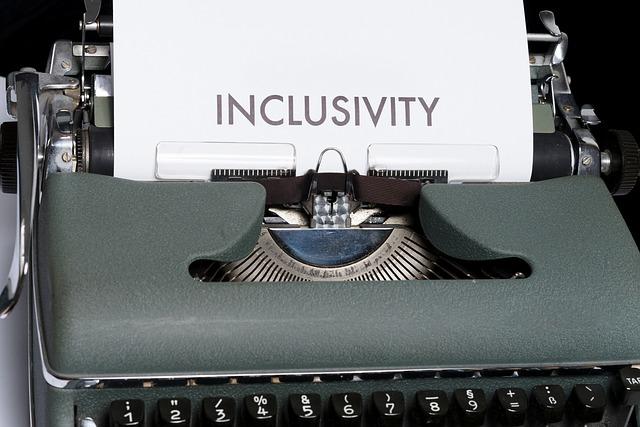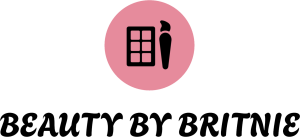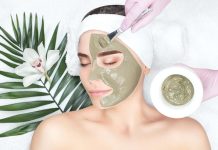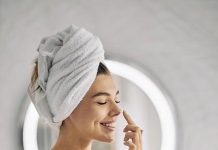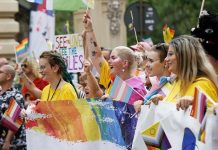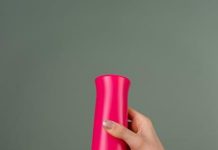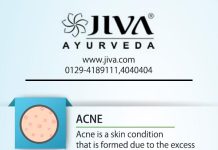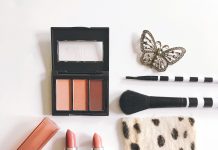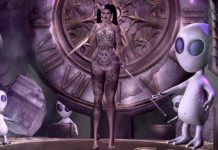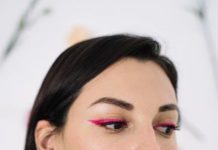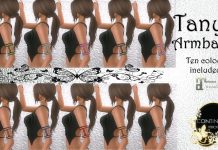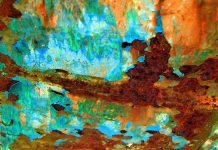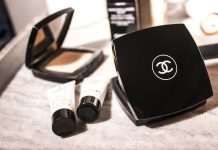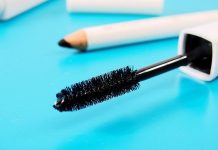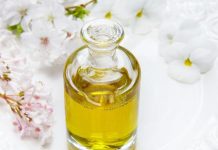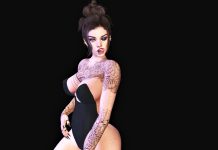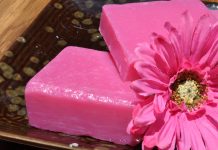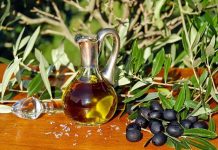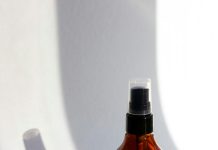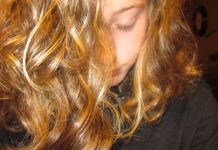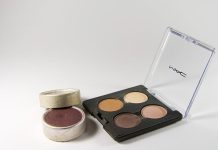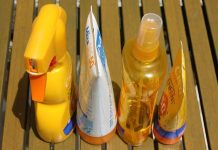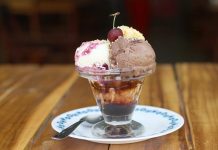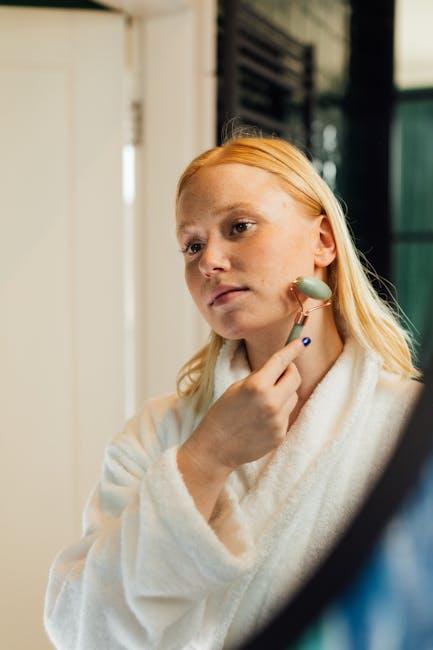In the age of digital discovery, beauty hacks have emerged as the quick-fix elixirs of our online world. Promising effortless glam and instant transformations, these tips and tricks flood our feeds, captivating millions. Yet, beneath the allure of contouring magic and DIY skincare wonders lies a pressing question: are these beauty hacks subtly sculpting a landscape of unattainable ideals? As we delve into the shimmering realm of viral beauty trends, we unravel the intricate tapestry of expectations they weave, exploring whether they empower or entangle us in the web of unrealistic beauty standards.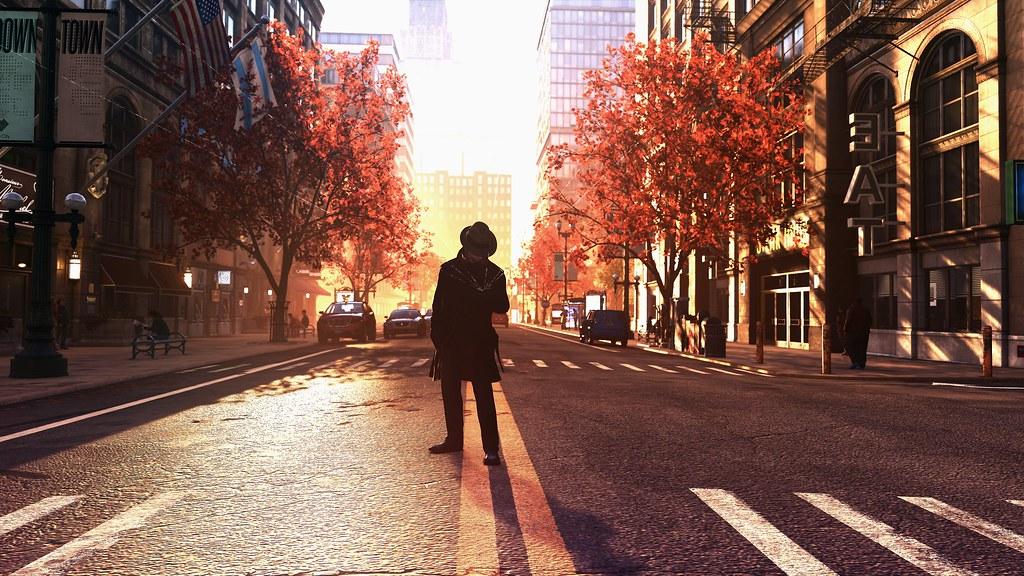
Understanding the Allure of Beauty Hacks
In today’s digital age, the fascination with beauty hacks has taken the world by storm. These quick-fix solutions often promise transformative results, drawing countless viewers and followers eager to achieve the ideal look. But what makes these hacks so appealing? For many, it’s the allure of simplicity and instant gratification. With just a few household items or a quick trip to the drugstore, anyone can attempt to replicate the flawless appearances often showcased by influencers.
- Accessibility: Most beauty hacks use items that are easily found at home or are budget-friendly.
- Innovation: They often involve creative, out-of-the-box thinking, which intrigues and excites the audience.
- Community Engagement: Platforms like Instagram and TikTok foster a community where users can share their own versions and results, creating a sense of belonging.
While these hacks can be fun and engaging, they often blur the line between reality and illusion, leaving us to ponder the impact on our perception of beauty. The balance between inspiration and unrealistic expectations is delicate, and understanding this dynamic is crucial in navigating the world of beauty trends.
The Impact of Social Media on Beauty Perceptions
In the digital age, social media platforms have become the new beauty salons, offering a plethora of beauty hacks and tutorials. While these can be innovative and accessible, they often project an idealized image of beauty that is difficult to achieve. Filters and editing tools enhance these perceptions, creating a distorted reality where the line between natural and artificial blurs.
Consider the following impacts:
- Pressure to Conform: Users may feel compelled to meet these unattainable standards, leading to decreased self-esteem.
- Product Overconsumption: The constant stream of beauty tips can drive unnecessary purchases, fostering a culture of excess.
- Diminished Diversity: Uniform beauty ideals can overshadow diverse expressions of beauty, limiting representation.
By promoting an inclusive and realistic view of beauty, social media can shift from being a source of pressure to a platform of empowerment.
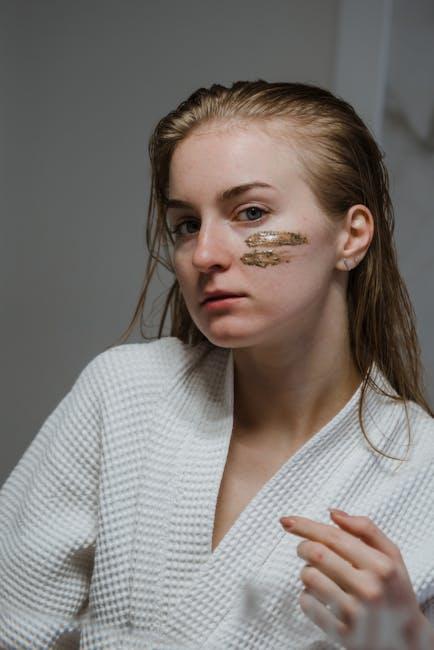
Debunking Myths: Separating Fact from Fiction
- Filter Reality: Beauty hacks often showcase flawless transformations, but many rely on perfect lighting, filters, and editing. These enhancements can create an illusion of perfection that’s hard to achieve in everyday life. Understanding the tools behind these transformations can help viewers appreciate the creativity while recognizing the unattainable nature of such results.
- Personalization Over Perfection: While some hacks claim universal appeal, beauty is inherently personal. What works for one person may not work for another, due to differences in skin type, face shape, or personal style. Embracing individuality rather than striving for a one-size-fits-all approach can empower people to find what truly enhances their unique features.
- Healthy Skepticism: It’s important to approach viral beauty hacks with a critical eye. Some methods might not only be ineffective but also potentially harmful. Always research and, if in doubt, consult professionals before trying new techniques. This ensures that beauty practices remain safe and beneficial rather than damaging.

Promoting Inclusivity: Recommendations for a Healthier Beauty Culture
To foster a more inclusive beauty culture, it’s essential to embrace and celebrate diverse definitions of beauty. Brands and influencers can lead the way by showcasing a variety of skin tones, body types, and age groups in their campaigns and content. This not only reflects the true diversity of their audience but also helps dismantle narrow beauty ideals.
- Promote Authenticity: Encourage the use of unfiltered images and stories that highlight real-life imperfections.
- Inclusive Product Ranges: Develop products that cater to a wide array of skin tones, hair types, and beauty needs.
- Educational Content: Provide resources that educate on the importance of diversity and the impact of unrealistic beauty standards.
- Collaborative Initiatives: Partner with diverse creators and experts to co-create content that resonates with a broader audience.
By implementing these strategies, the beauty industry can move towards a healthier and more inclusive future, where everyone feels represented and valued.
